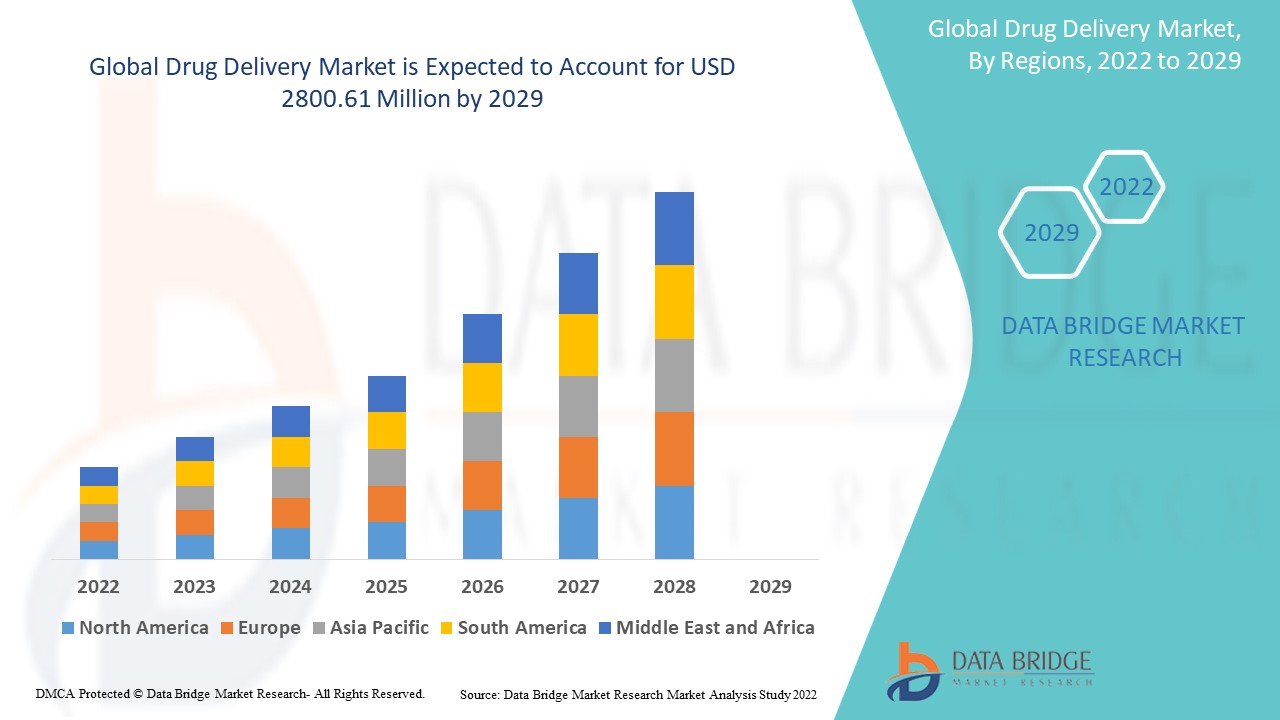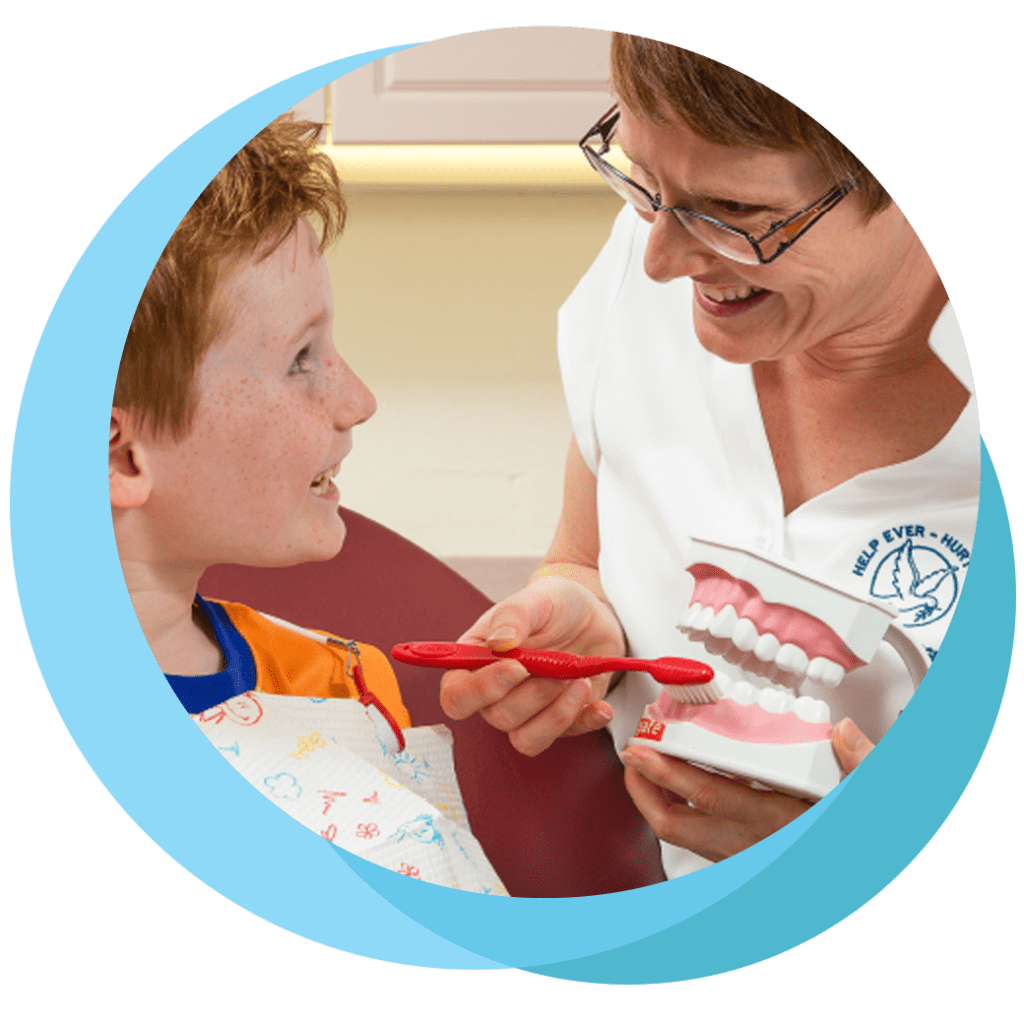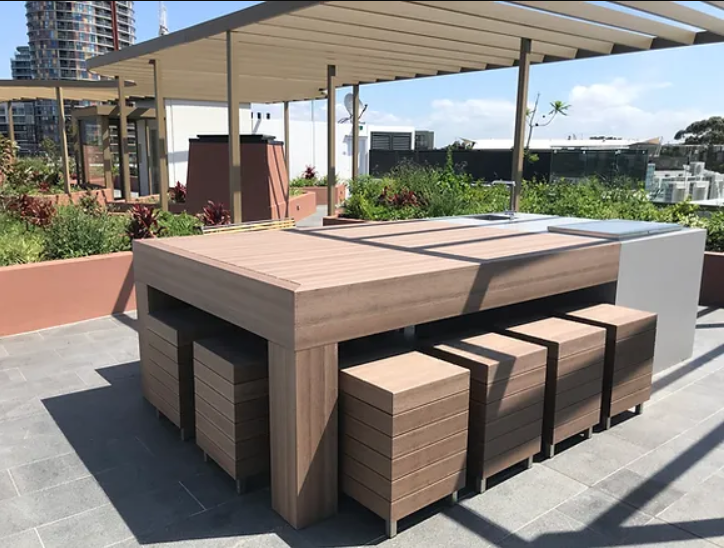
The field of drug delivery is a critical aspect of modern medicine, focused on the efficient and targeted delivery of therapeutic agents to specific sites in the body. As medical science advances, so too do the technologies and methods used to deliver drugs more effectively. This comprehensive guide delves into the world of drug delivery, exploring its importance, current innovations, emerging trends, challenges, and future prospects. Whether you are a healthcare professional, researcher, or simply interested in the advancements of medical technology, this article provides valuable insights into the transformative field of drug delivery.
What is Drug Delivery?
Definition and Overview
Drug delivery refers to the methods and technologies used to transport a pharmaceutical compound to its target site in the body to achieve a desired therapeutic effect. This field encompasses a wide range of techniques, from traditional methods like oral and injectable medications to advanced systems such as nanotechnology and targeted delivery mechanisms.
Key Objectives
- Targeted Delivery: Ensuring that the drug reaches the specific site of action to maximize efficacy and minimize side effects.
- Controlled Release: Regulating the rate at which a drug is released into the body to maintain optimal therapeutic levels over a period of time.
- Improved Bioavailability: Enhancing the absorption and utilization of the drug within the body.
- Patient Compliance: Making drug administration easier and more acceptable to patients to improve adherence to treatment regimens.
Importance of Drug Delivery
Enhancing Efficacy and Safety
Effective drug delivery systems are crucial for maximizing the therapeutic benefits of medications while minimizing adverse effects. By targeting the delivery of drugs to specific tissues or cells, these systems can improve the efficacy and safety of treatments.
Addressing Complex Diseases
Advanced drug delivery technologies are essential for treating complex diseases such as cancer, diabetes, and neurological disorders. These diseases often require precise delivery of drugs to specific sites within the body, which can be achieved through innovative delivery systems.
Reducing Side Effects
Targeted and controlled drug delivery can significantly reduce the side effects associated with medications. By limiting the exposure of healthy tissues to therapeutic agents, these systems can minimize unwanted reactions and improve patient outcomes.
Improving Patient Compliance
Innovative drug delivery methods can enhance patient compliance by simplifying the administration process. For example, sustained-release formulations reduce the need for frequent dosing, making it easier for patients to adhere to their treatment plans.
Current Innovations in Drug Delivery
Nanotechnology
Nanotechnology is revolutionizing drug delivery by enabling the development of nanoscale carriers that can deliver drugs with high precision. These carriers, known as nanoparticles, can be engineered to target specific cells or tissues, improving the efficacy and safety of treatments.
Types of Nanoparticles
- Lipid-Based Nanoparticles: These include liposomes and solid lipid nanoparticles, which can encapsulate both hydrophilic and hydrophobic drugs for targeted delivery.
- Polymeric Nanoparticles: Made from biodegradable polymers, these nanoparticles can provide controlled release of drugs over extended periods.
- Metallic Nanoparticles: Gold and silver nanoparticles are being explored for their potential in drug delivery due to their unique properties and ability to be functionalized with various ligands.
Biodegradable Polymers
Biodegradable polymers are used to create drug delivery systems that degrade into non-toxic byproducts after releasing the drug. This technology is particularly useful for sustained-release formulations, where the drug is gradually released over time as the polymer matrix breaks down.
Applications
- Implants and Microparticles: Biodegradable implants and microparticles can provide long-term drug release, reducing the frequency of dosing and improving patient compliance.
- Hydrogels: Hydrogels are networks of polymer chains that can absorb large amounts of water and release drugs in a controlled manner. They are used in various applications, including wound healing and tissue engineering.
Targeted Drug Delivery
Targeted drug delivery systems are designed to direct therapeutic agents specifically to the site of action, minimizing exposure to healthy tissues and reducing side effects. This can be achieved through various mechanisms, including ligand-receptor interactions, magnetic targeting, and ultrasound-mediated delivery.
Ligand-Receptor Targeting
By attaching ligands to drug carriers, these systems can specifically bind to receptors that are overexpressed on the surface of target cells, such as cancer cells. This allows for selective delivery of the drug to the diseased tissue.
Magnetic Targeting
Magnetic nanoparticles can be directed to specific sites in the body using external magnetic fields. Once at the target site, the drug can be released in a controlled manner, providing localized treatment with minimal systemic exposure.
Gene Therapy and RNA-Based Delivery
Gene therapy and RNA-based delivery systems are emerging as powerful tools for treating genetic disorders and other diseases. These systems deliver nucleic acids, such as DNA or RNA, to specific cells to modify gene expression and treat the underlying cause of the disease.
CRISPR-Cas9
The CRISPR-Cas9 system allows for precise editing of the genome and holds great promise for treating genetic disorders. Delivery of the CRISPR-Cas9 components to target cells is a critical aspect of this technology, and various delivery methods, including viral vectors and nanoparticles, are being explored.
RNA Interference (RNAi)
RNAi involves the use of small interfering RNA (siRNA) molecules to silence specific genes involved in disease processes. Efficient delivery of siRNA to target cells is essential for the success of RNAi-based therapies, and lipid nanoparticles are commonly used for this purpose.
Transdermal Drug Delivery
Transdermal drug delivery involves the administration of drugs through the skin, providing a non-invasive route for drug delivery. This method is particularly useful for sustained-release formulations and can improve patient compliance by eliminating the need for injections or oral medications.
Microneedles
Microneedles are tiny, needle-like structures that penetrate the outer layer of the skin to deliver drugs directly into the underlying tissues. They offer a painless and convenient alternative to traditional injections and are being developed for various applications, including vaccine delivery and chronic pain management.
Iontophoresis
Iontophoresis uses a mild electrical current to enhance the delivery of drugs through the skin. This technique can increase the permeability of the skin and facilitate the transport of larger molecules that would not normally be absorbed.
Trends in Drug Delivery
Personalized Medicine
Personalized medicine is an emerging trend that aims to tailor treatments to individual patients based on their genetic makeup, lifestyle, and other factors. Advanced drug delivery systems play a crucial role in this approach by enabling precise and targeted delivery of therapies that are customized to the patient’s unique needs.
Combination Therapies
Combination therapies involve the use of multiple drugs or therapeutic agents to achieve synergistic effects. Innovative drug delivery systems can co-deliver these agents to the target site, optimizing their combined efficacy and minimizing potential interactions and side effects.
Smart Drug Delivery Systems
Smart drug delivery systems are designed to release drugs in response to specific physiological triggers, such as pH changes, temperature fluctuations, or the presence of specific biomolecules. These systems can provide on-demand and site-specific delivery, enhancing the precision and effectiveness of treatments.
Remote Monitoring and Digital Health Integration
The integration of drug delivery systems with digital health technologies and remote monitoring devices is an emerging trend that aims to improve patient outcomes and adherence to treatment regimens. Wearable devices and mobile apps can track medication usage, monitor patient health, and provide real-time feedback to healthcare providers.
Regenerative Medicine and Tissue Engineering
Regenerative medicine and tissue engineering involve the development of new tissues and organs to replace damaged or diseased ones. Advanced drug delivery systems are essential for delivering growth factors, stem cells, and other therapeutic agents to support tissue regeneration and repair.
Challenges in Drug Delivery
Biological Barriers
The human body has various biological barriers, such as the blood-brain barrier and the mucosal membranes, that can hinder the effective delivery of drugs. Overcoming these barriers requires innovative delivery systems that can penetrate or bypass these obstacles to reach the target site.
Stability and Shelf-Life
Ensuring the stability and shelf-life of drugs within delivery systems is a critical challenge. Factors such as temperature, humidity, and light exposure can affect the integrity and efficacy of drugs, necessitating robust formulation and packaging strategies.
Regulatory and Ethical Considerations
The development and approval of new drug delivery systems are subject to stringent regulatory requirements to ensure their safety and efficacy. Navigating the complex regulatory landscape and addressing ethical considerations, particularly in the case of gene therapy and nanotechnology, can be challenging.
Manufacturing and Scalability
Manufacturing advanced drug delivery systems on a large scale while maintaining quality and consistency is a significant challenge. Ensuring scalability and cost-effectiveness without compromising the performance of the delivery system requires sophisticated production techniques and quality control measures.
Patient Acceptance
Patient acceptance and compliance are critical for the success of drug delivery systems. Factors such as ease of use, comfort, and perceived benefits can influence patient adherence to treatment regimens. Designing delivery systems that are patient-friendly and address these factors is essential.
The Future of Drug Delivery
Artificial Intelligence and Machine Learning
Artificial intelligence (AI) and machine learning are poised to revolutionize drug delivery by enabling the design and optimization of delivery systems with unprecedented precision. AI algorithms can analyze vast amounts of data to identify optimal drug formulations, predict patient responses, and personalize treatments.
Advanced Biomaterials
The development of advanced biomaterials with tailored properties is set to drive innovation in drug delivery. These materials can be engineered to interact with specific biological environments, enhance drug stability, and provide controlled release profiles.
3D Printing
3D printing technology offers the potential to create customized drug delivery systems with complex structures and precise control over drug release profiles. This technology can enable the production of personalized implants, oral dosage forms, and transdermal patches that are tailored to individual patient needs.
Wearable Drug Delivery Devices
Wearable drug delivery devices are an emerging trend that combines drug delivery with remote monitoring and digital health technologies. These devices can provide continuous or on-demand drug administration, improving patient adherence and enabling real-time monitoring of treatment efficacy.
Gene Editing and Regenerative Therapies
Advancements in gene editing technologies, such as CRISPR-Cas9, and regenerative therapies are set to transform the landscape of drug delivery. These technologies hold the potential to treat genetic disorders at their root cause and support the regeneration of damaged tissues and organs.
Conclusion
The field of drug delivery is undergoing rapid transformation, driven by advancements in technology and a deeper understanding of biological systems. From nanotechnology and biodegradable polymers to personalized medicine and smart drug delivery systems, the innovations in this field hold the promise of improving the efficacy, safety, and accessibility of medical treatments.
As we look to the future, the integration of AI, advanced biomaterials, 3D printing, and wearable devices will further revolutionize drug delivery, enabling more precise, personalized, and effective therapies. However, addressing challenges such as biological barriers, stability, regulatory considerations, and patient acceptance remains crucial to realizing the full potential of these innovations.
By staying informed about the latest trends and developments, healthcare professionals, researchers, and industry leaders can leverage these advancements to enhance patient outcomes and drive the future of medicine. Embrace the future of drug delivery and explore the endless possibilities that this transformative field has to offer.






